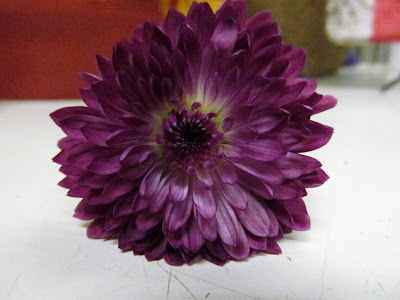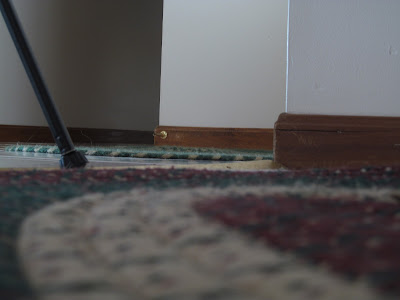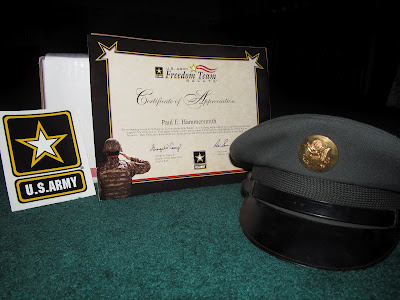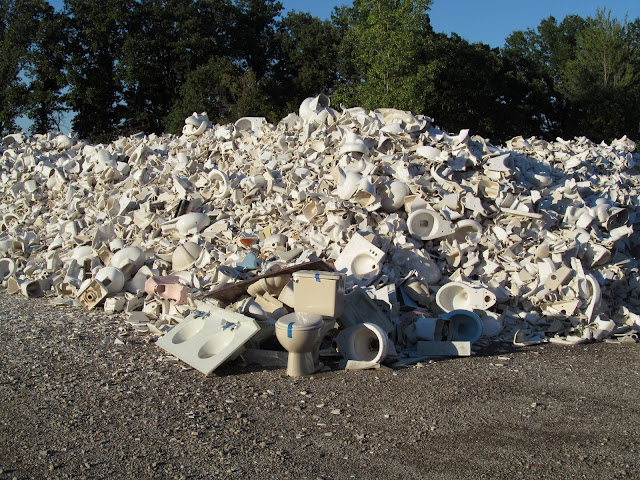The German
photographer, Martin Klimas, likes to experiment with simultaneous presence of two distinct states, capturing chaos within a motionless, still life. He does a
great job in illustrating this in his work, Flower Vases. The project Flower Vases is about capturing
the split second of the vase shattering into pieces, as the flowers in the vase
are shown untouched. Klimas’ main object of this project was the flower arrangements
in the vases. The flower arrangements are placed in the center of the photo
against more neutral colors, which we have learned is to keep from taking the
attention of the viewer away from the photo and object itself. The photo was
then taken at the exact moment the vase was hit. Klimas would aim a
spring-powered firing device at the vase. Once the steel ball would hit the
vase, the vase would burst into thousands of pieces. Klimas would capture the
moment with one photo. The camera would be set off by the noise of the
projectile hitting the vase at the point of destruction. Within this
seven-thousandth of a second Klimas was able to capture the chaos of the water
and vase spewing everywhere in the bottom of the photo, while above it was
poised and unharmed. Klimas was interested in the transformation of the objet
in that fraction of a second, because in the next second the flowers would be
thrown down without the support of the vase keeping them upright. Without a
camera with a high-speed exposure, we would not be able to see this motion or
capture it because it happens so quickly. It is also unique that he
experimented with different types of vases. How a glass vase shattered into
many smaller pieces, while ceramic and stone vases burst into larger pieces.
Klimas
tells us that one of his most important inspirations was Eadweard Muybridge. He
uses Muybridge’s idea of test set-ups. Klimas set up his scenes of the flower
arrangements and justified the moment of destruction, just as Muybridge proved
that horses lift all four hooves off the ground when they gallop, a question
that had been debated by artists back in that time. Martin Klimas’ work also
resembles the work of the Japanese photographer Naoya Hatakeyama. He would go
to quarry explosions and document the stone flying everywhere with his remote-
controlled camera. The photo would show the stone at a standstill just as
Klimas captures the vases at standstills in his photographs. Klimas likes the
idea of objects transforming into something new.
When
reading about Marin Klimas’ interpretation of his art it was similar to what I thought
about the work. His whole project is about experimenting with shattering vases.
Klimas only has one chance to get a great photo, once the vases shatter there
is no getting them back. Because he can only get one chance to produce a great
photo from one vase, Klimas calls his work “Temporary Sculptures,” he can never
get the way the vase shatters back again. Martin Klimas likes the idea of
experimenting with shattering objects. Not only does he shatter vases, but he
shatters figurines, as well. He enjoys seeing the change of peace and calmness
turn into chaos and shards flying everywhere as the view looks from top to
bottom at the photograph.
In
my opinion, I believe Martin Klimas’ work is successful. He wanted to portray
how different materials break and show how you can capture two different
emotions in one photograph, if taken at the right moment in time, and he did
just that. He was able to capture the different qualities of the vases and
flowers. He was able to experiment and find out the exact second to photograph,
to capture the vase shattering into pieces, while the pieces are still in the
air. He was able to capture everything that he had set out to do, and in my
opinion, that is being successful.








































